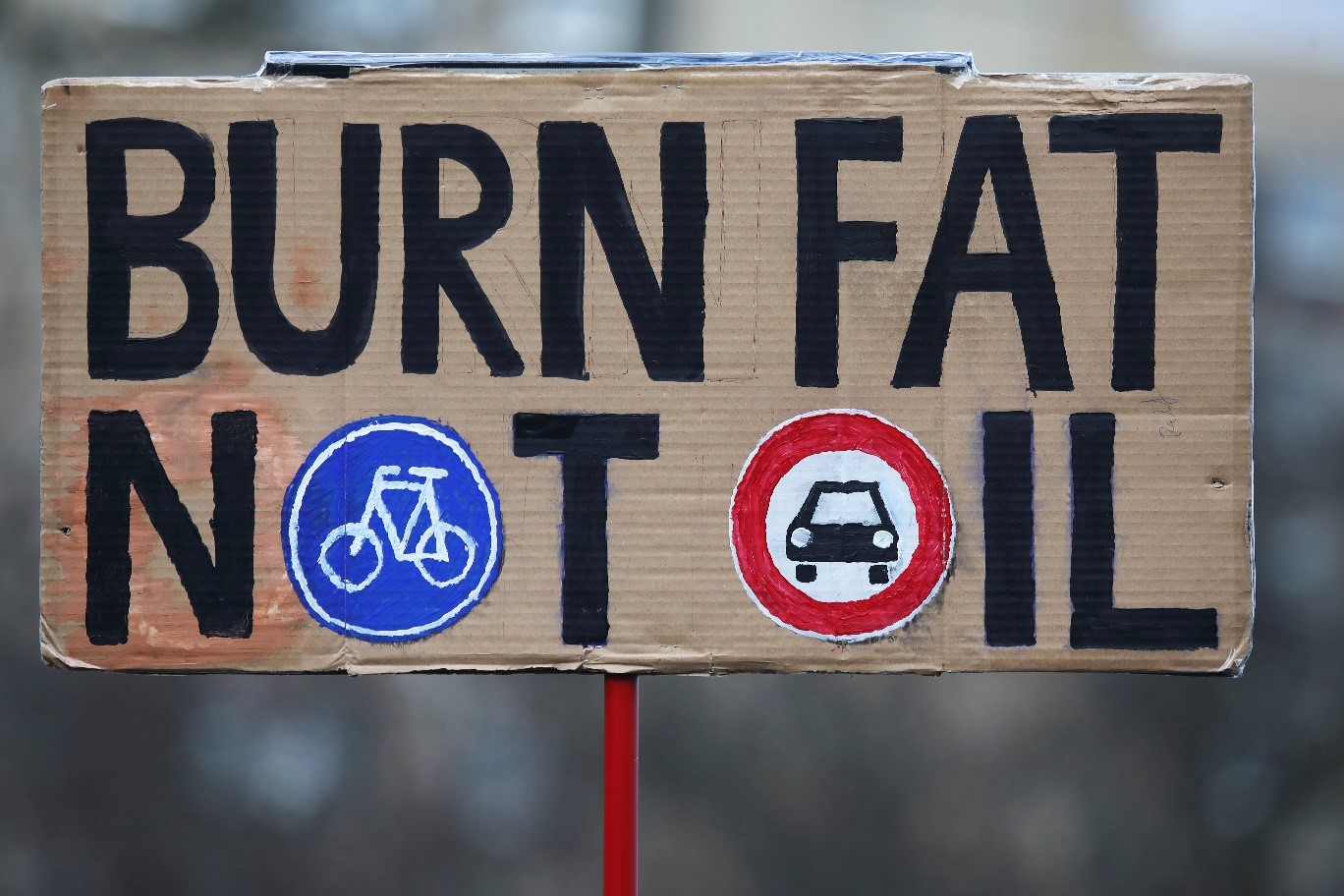Fat Bias and the Development of Clinical Protocols in Brazil

Brazil is a huge, diverse country with significant social disparities. People are commonly judged and stigmatized due to their social class, race, education, gender, and body characteristics. Weight, particularly high weight, is one of the body characteristics that is used to stigmatize parts of the population, often intersecting with race and class. Similar to other parts of the world, the fat body in Brazil is seen as synonymous with ‘failure,’ ‘lack of control,’ ‘laziness,’ and ‘ignorance.’ Low-income classes believe that weight gain is related to heredity or stress, while high-income classes, especially those who are not fat, blame ‘poor’ diet and exercise choices. In reaction to this last point, the Brazilian government has propagated strategies to combat weight gain based on self-control, seeking…



